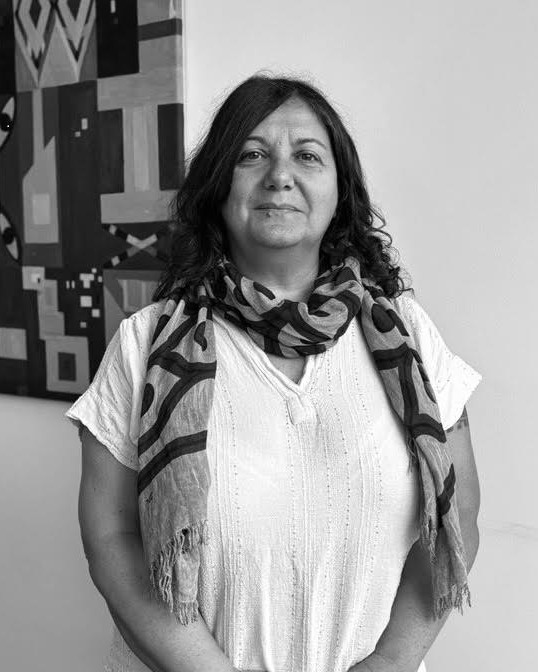Clearing the Path to Peace: Humanitarian Demining in Peace Agreements
Armed Conflict and Humanitarian Action
Clearing the Path to Peace: Humanitarian Demining in Peace Agreements
- 15/10/2025 @ 13:00 - 14:30
- Conference Center C1 (pétale 5) - hybrid
The panel will discuss why mine action is a practical component of peacebuilding. It will examine how mine action has been integrated into various peace agreements, illustrating its broader impacts beyond safety alone, including its role in enabling sustainable development, reinforcing governance, and solidifying fragile peace processes. The event aims to highlight the link between humanitarian demining and sustainable peacebuilding, share practical lessons, and promote dialogue among policymakers, peacebuilders, and mine action experts.
Moderator's Opening - Key Talking Points
• Barrier to Peace: Contamination is a direct barrier to post-conflict recovery. It prevents the safe return of displaced populations, disrupts livelihoods, and hinders service provision.
• A Tool for Peace: humanitarian demining can act as a useful tool at many phases of the peace process, from an entry point, through negotiation and implementation of peace agreements.
• The Challenge: The goal of our discussion is to explore how this potential can be consistently translated into practice, making mine action an integral element of peace agreements.
Speakers
Tim Enderlin
Head of the Peace and Human Rights Division, Federal Department for Foreign Affairs, Switzerland.Tobias Privitelli
Director of the Geneva International Centre for Humanitarian Demining (GICHD)
Mohamed Rashid
Deputy head of Operations for Syrian National Mine Action Centre







